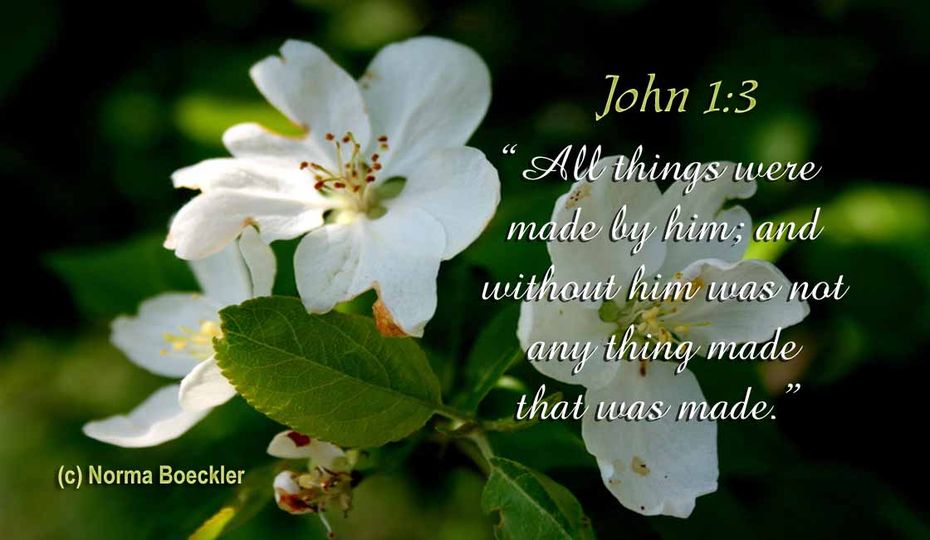 |
| Cardboard covered by wood mulch will turn lawn into compost. The next step is planting a good combination of roses, companion plants, and living mulch plants. |
Many growers realize that soil is depleted by two modern obsessions - plowing and chemical fertilizers. Root systems make the biggest contribution to organics in the soil - 75% of the organics in soil - carbon compounds.
Root systems also break up soil and direct rain deeper into the soil layers. Long rainstorms soak into my soil but run off my neighbors, who have grass and trees.
What used to be mocked as low NPK is now valued for carbon, bacteria, and the production of fungus - mulch. That mulch can be dried leaves, shredded wood, cardboard, newspaper, or compost. I use all of them and gladly take my neighbor's when offered or set out on the curb.
But non-living mulch is going to invite and provoke new growth on top. Creation covers and protects soil, which means building soil and its fertility. Any bare patch of soil will soon be covered by dead leaves, grass, and opportunistic weeds.
As I told one reader, I have a system for living mulches.
First of all, plants can be grown together, even crowded to provide their own shade. I do not believe in lining up plants like rows of soldiers on a marching field, with plenty of space between them. True, roses like elbow room and deserve space for showing off. But a rose will grow right out of living mulch and bloom, if it is watered and pruned. Sometimes this happens by accident when a tiny plant grows up near a rose and crowds it. Why not watch them together rather then tear one up and disturb the rose in the process. "Living roots should be left in the ground as long as possible," says Gabe Brown. Those roots are producing organic matter for the soil.
If I remove a dead rose plant, the first thing I notice is how easy it is to put a new rose, mint, or beneficial insect plant there. The soil is perfect for planting because the struggling roots were trying to feed the rose and by doing so, fed the soil, breaking it up. Earthworms and soil creatures joined the labor, benefiting themselves, the plant, and the soil. That is God's plan from Creation.
 |
| Earlier I mulched under the Crepe Myrtle. Now the same area is packed with Buckwheat, Calladium, and Lily-of-the-Valley. |
Weeds as Living Mulches
First of all, we should appreciate many so-called weeds as living mulches. These weeds rush to cover bare spaces and well watered areas in our shredded wood, leaves, pine needles, and compost. Here are some plants designated as weeds that I value as living mulches in the rose garden:
Hog Peanuts - They grow easily around here and are tough to remove, no matter how. But why? They are legumes that add nitrogen to the soil.
Dandelions - This misunderstood herb will mine calcium from the subsoil and put it on the soil surface with leaf litter. The taproot helps to break up the soil. The leaves are very nutritious to eat in salads.
Clovers - I do not need to plant Dutch White Cover, but I did buy Crimson Clover to add to the mix. Clovers grow densely and feed the bees and soil. I do not buy nitrogen fertilizer - I grow it.
Wild Strawberries - Birds plant these as they work the soil for worms and bugs. The low-growing plant covers the soil, blooms, and fruits to feed Creation.
Poke - This enormous plant is a perennial, grows to 20 feet, and also thrives in the cracks in sidewalks. Most of my Poke is in the backyard, where I feed birds and let them perch on rustic fences, after their baths. People swear by Poke salad (prepared properly) and use the plant for medicine. I found a Pokeweed in the rose garden, where I will let it grow a bit, then cut it back. In the backyard, Poke is a screening plant in the Wild Garden and also in the bird feeding area. More birds love Poke berries than any other food - 60+ species. The seed is not easily broken up, even by birds, so they plant the seeds effortlessly with a dash of fertilizer.
 |
| The early Poke flowers are white. |
 |
| Pokeberries turn deep purple and are still used for food dyes. |
 |
| Poke flowers attract high class insects. |
 |
| Buckwheat has attractive flowers loved by beneficial insects. |
Tamer Living Mulches
Buckwheat is the easiest of all living mulches. I simply sow the seeds wherever I want them growing. Little green plants pop up everywhere. Soon the plants are knee-high, in bloom, feeding bees and other beneficial insects. Buckwheat is shade-tolerant and will force less desirable plants to cease and desist - they cannot compete for sun and room for their roots. Butterflies and beneficial insects love Buckwheat.
Borage is almost as easy to sow, but loves bright sun. People call it "bee bread" and many gourmands eat the flowers alone or in salads. Research shows that the plant will increase the variety and numbers of beneficial insects. Borage produces flowers and seeds so fast that it keeps growing all summer.
Both of these seeds are inexpensive to buy in bulk.
 |
| Borage flowers are both pink and blue. |
 |
| Borage can have a sloppy growing habit, like its big cousin, Comfrey. |

